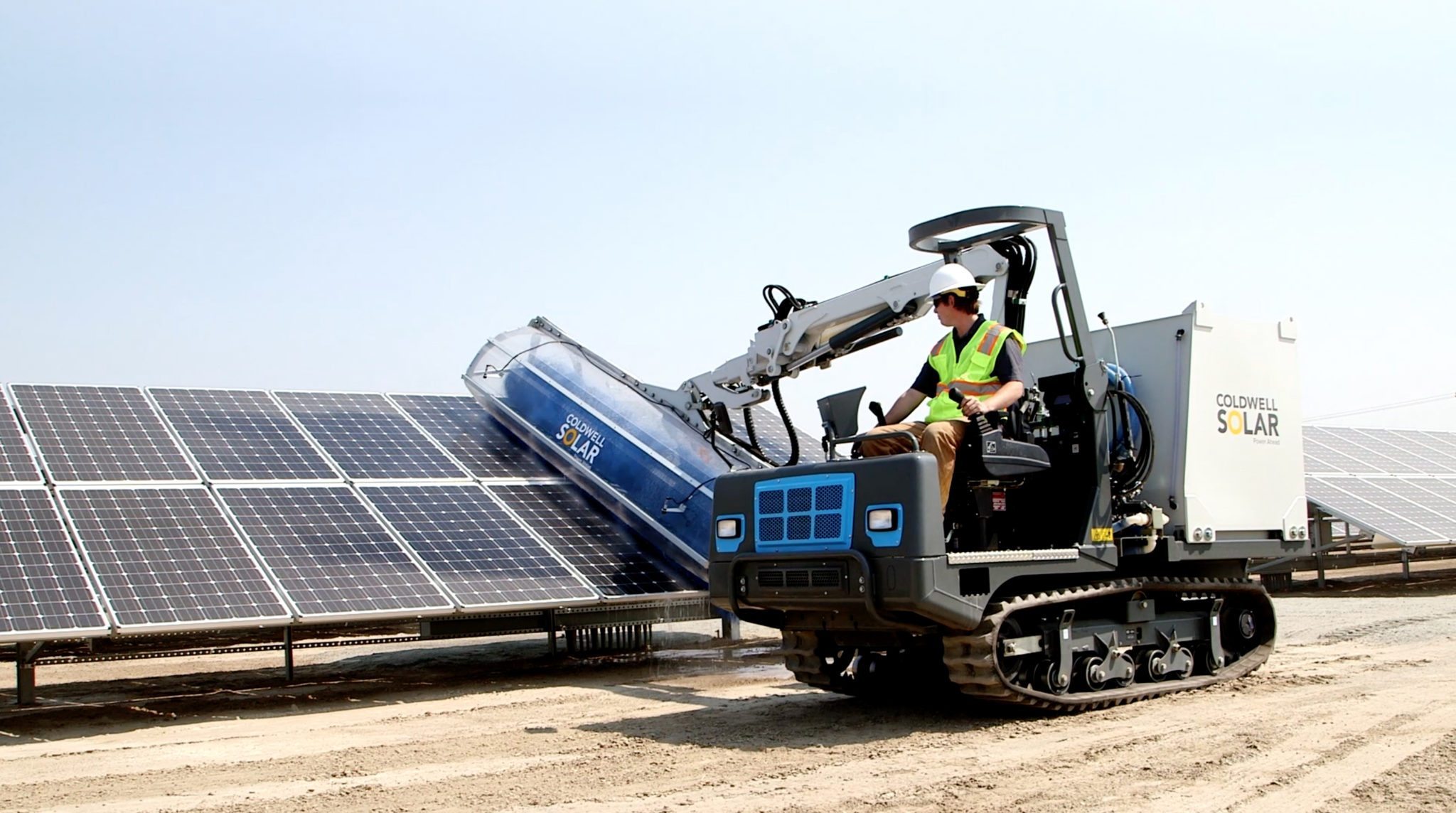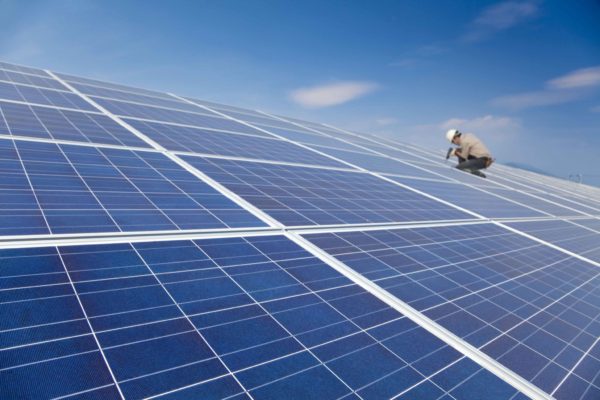
Do you want to increase the life of your solar panel installation? Then, what you need is a preventative maintenance plan. As soon as your commercial solar PV system is installed and the rest of the work is complete, you can start working on a preventative maintenance plan that can help you with your business and monitor the use of your solar system.
All businesses would want their commercial solar panel system to last a long time, which can be possible with regular physical assessments, inspections, and more. You can include all of this in your preventative maintenance plan. Before you can start with the planning, you must go through all the documents of your solar panel provider. From those documents, you will learn the installation details and the user manual to make your preventative maintenance plan as influential as possible.
Measures To Include In Your Preventative Maintenance

When making the plan, you must be sure precisely what measures to cover. Here are all the measures you need to keep in mind when planning your preventative maintenance strategy:
Build Quality
Your main goal is to ensure that your solar panel system continues to work at its maximum potential as it was when you first installed it. With the proper care, you can ensure that with minimal degradation. But here, you need to remember the build quality when you get the system. Some sites may experience little output from the get-go, as many systems have not just safety but production concerns too.
In your preventative maintenance strategy, you must take an aggressive approach so that even if your system is not working to its full potential, it will work with your plan.
Location
The location has the biggest impact on what preventative measures you need to take. This is because the location of the system also determines other extraneous factors, such as the weather and the environment. If your commercial site is located in a coastal area, it will have different care requirements compared to a system located in a dry and arid area. With that in mind, you need to consider all the factors, such as whether the panels collect dust and debris or if there is rain and a possible chance of flooding that could ruin the system. Environmental factors have a significant influence on the maintenance of the system as well as its productivity.
Type of Design
Different types of designs can affect the preventative maintenance schedule, and you need to shape your plan keeping the designs in mind. When making a preventative maintenance schedule, you can consider things such as whether or not the panel is a fixed tile site or if it is a tracker. This is because both of them demand a different types of measures.
Type of Equipment
Many companies offer all the equipment that goes into the system, and it is very important to know what brand they are from. Not just that, but you must also know the type and the quality of these components so you can map out the maintenance measures and how often you should inspect them once the system is in regular use.
Preventative Maintenance Timeline
If you were to get a general idea of the timeline, then you must have at least two visits in a single year to ensure that everything is running as smoothly as it can be. Regular inspection will help you detect any problems early on so you can address them right away and make any necessary changes to boost productivity.
Springtime is the best for you to schedule an inspection so you can make any changes you need to before summer and when the sun is at its peak, and the solar system has a great load.
Creating a Preventative Maintenance Plan

Your solar system maintenance plan should be fool-proof and customized to the requirements of your solar panel systems.
If you don’t know where to begin when mapping out the preventative maintenance plan, then you can use this guide:
1. Schedule the Inspections
The first things you need to decide on are the physical inspections. These inspections do not take a lot of time, and you can easily complete them. You can squeeze them when you are already checking the rest of the facility.
With these physical inspections, you can also take a glance at the performance data and other details with the help of the monitoring platform. Take a careful look at the energy production data and ensure that you are on the right track with your production goals.
2. Decide on the Documentation Process
There is no use for inspections if you do not document your data. This is why you need to decide on the best documentation process. You can log all the details and take all the proof against the documentation so you are prepared in case you have to file a complaint to the company if a component is not working or if the system is not as productive as it should be.
Do not hesitate when keeping track, as even the most general pieces of information can reveal something very important about the system and if there are any irregularities.
3. Stabilize Your Connection
To run the system successfully, you need to have a very strong communication circuit. This is mostly completed by the solar panel provider, and they will fix the communication circuits when they install the system for you.
However, if there is a disconnection, you will not be able to find it as easily as you may think. And there are many reasons for the communication circuit to disconnect. If you have any breaks in the cables or if there have been recent changes to the infrastructure of your networks, then you can expect the circuit to break.
Even if your monitoring equipment is not in sync with your inverter, then also your communication circuit can break.
4. Familiarize Your Employees with the Monitoring Platform
If you are not familiar with how the mechanism works, then you will not be to provide the right preventative care, and that can affect the productivity of the system. Therefore, it is vital for not just you but your entire team to be completely familiar with all the operations and maintenance services. Moreover, you should also know what tool is used for what so you don’t end up making a mistake.
Suppose you know how to use the monitoring platform properly. In that case, you will be able to maximize your preventative maintenance plan and be ahead of the problems that may occur in the future and even prevent them from happening at all.
5. Enable Notification
All communication platforms have notification features that can help you monitor the systems easily. These notifications can pop up on your phone or on your desktop. That is up to you to decide. If you use your desktop very frequently, then you can get your notifications there and immediately take the right action, depending on what notification you receive.
6. Install Wildlife Guards
Since you have a commercial plant, it is important to factor in all the wildlife in that area. There are many cases where pigeons, rats and other wild animals chew at wires or make nests on or under the panels.
If you want to save your equipment and systems from wildlife, then it is a good idea to install wildlife guards that will help prevent all such happenings. This will help you save your systems from giving out before their time and increase their longevity.
7. Check on Vegetation in the Area
If there is vegetation in the area, then there is a high possibility that it will cast a shade on your panels and that will disrupt the production significantly. Make sure there are no trees or bushes in the areas so there are no shadows and the panels can get direct sunlight.
Coldwell Solar can help you maintain your commercial solar systems. Contact us to learn more.

